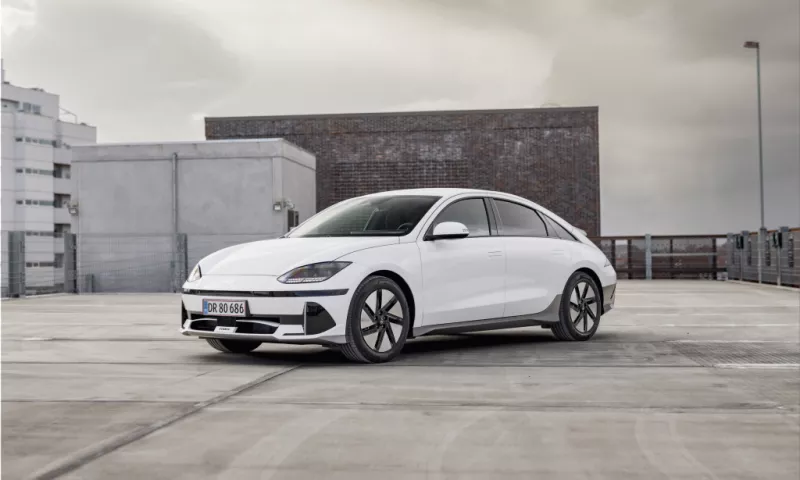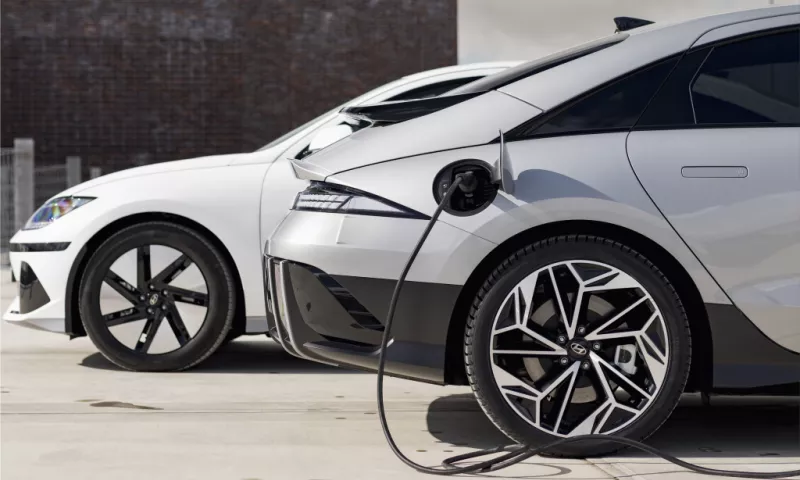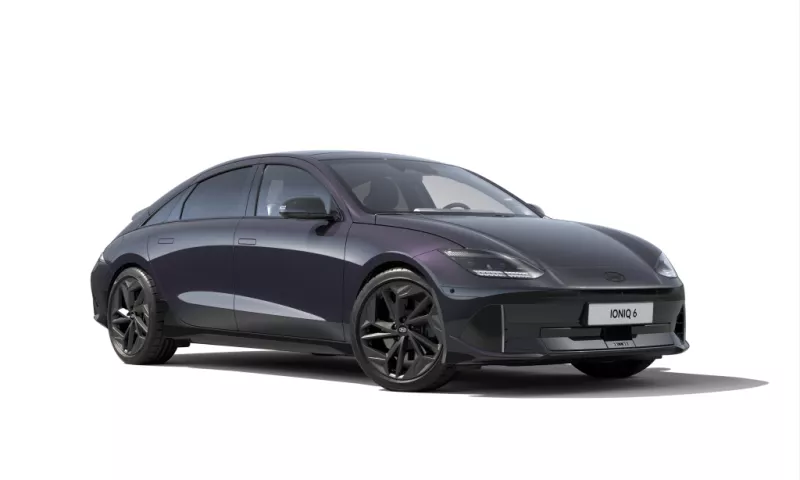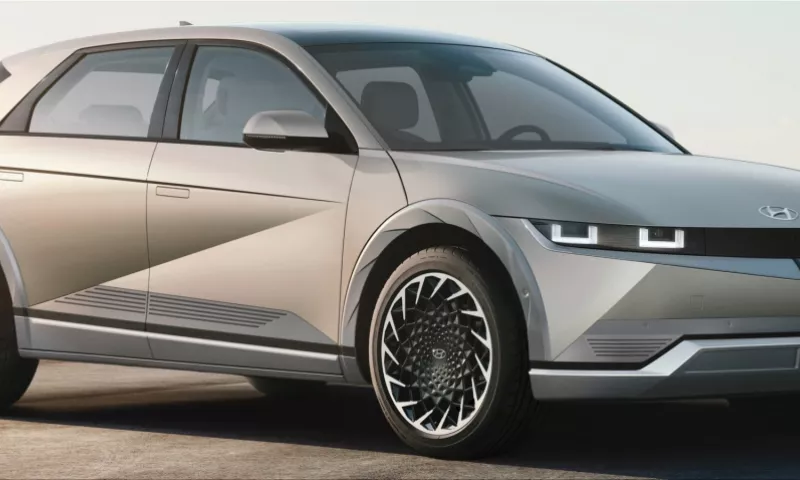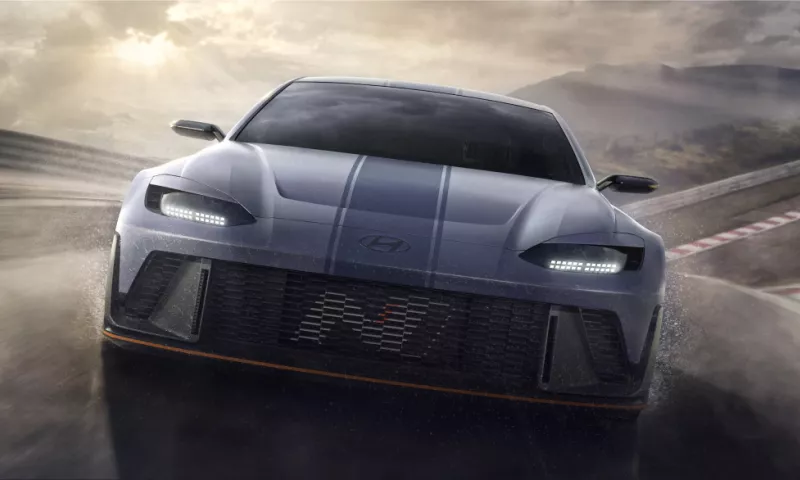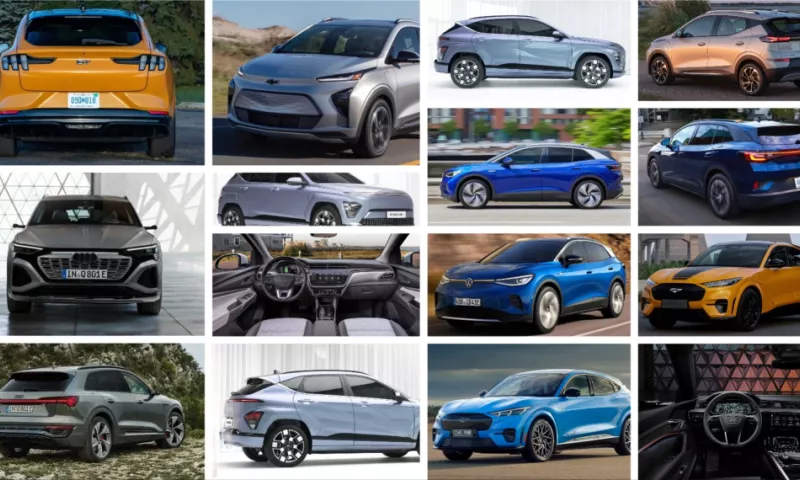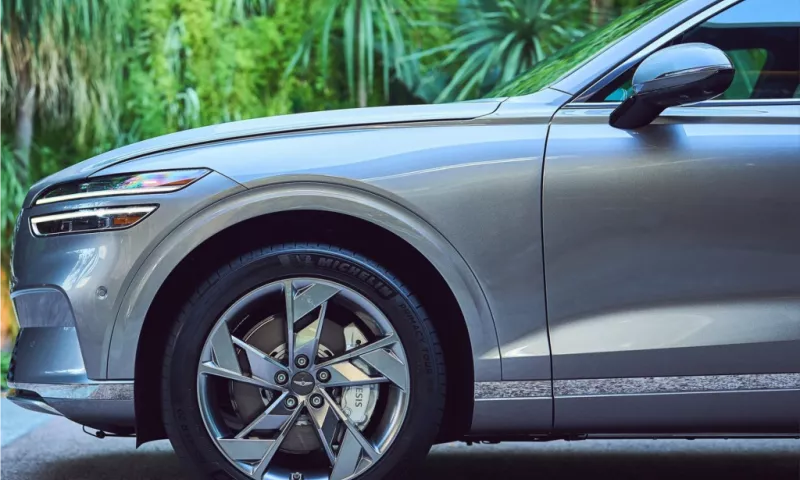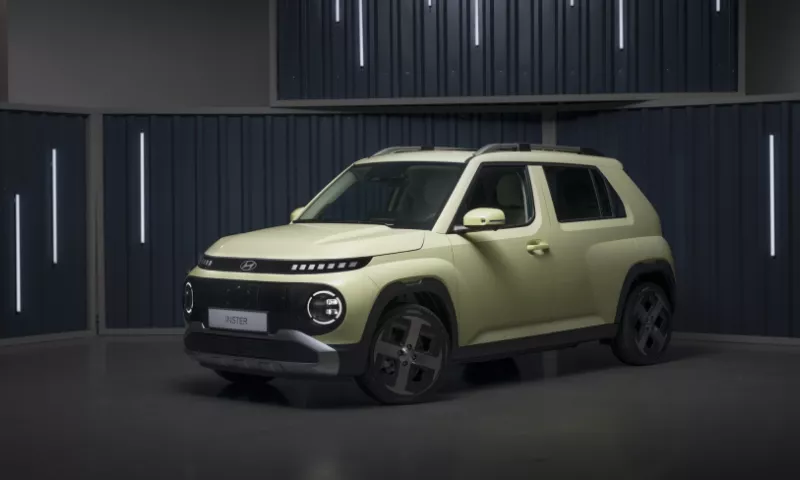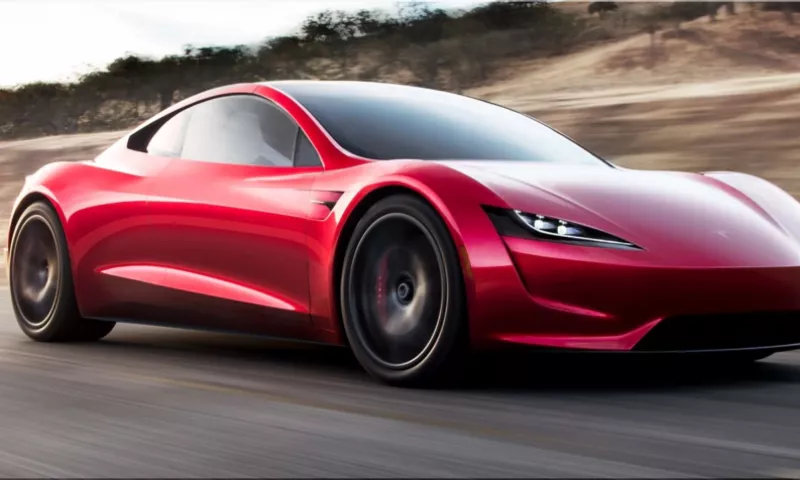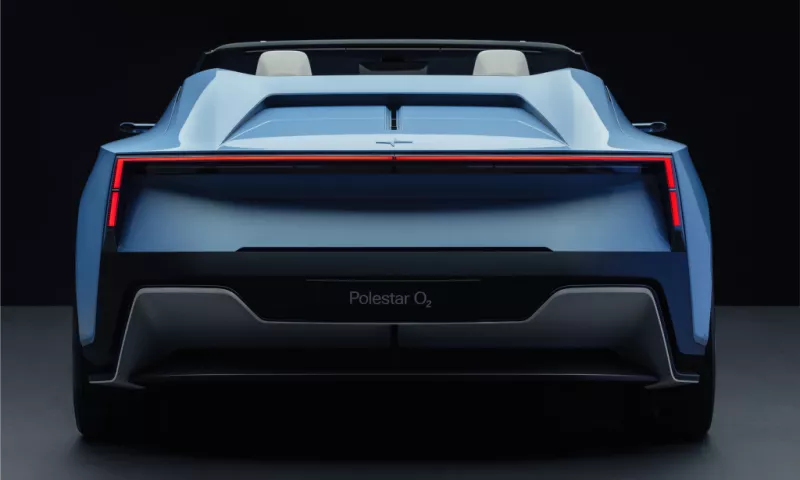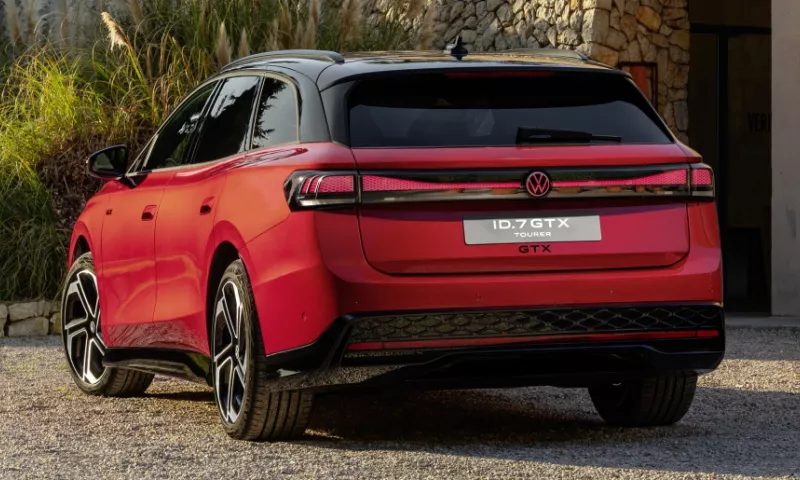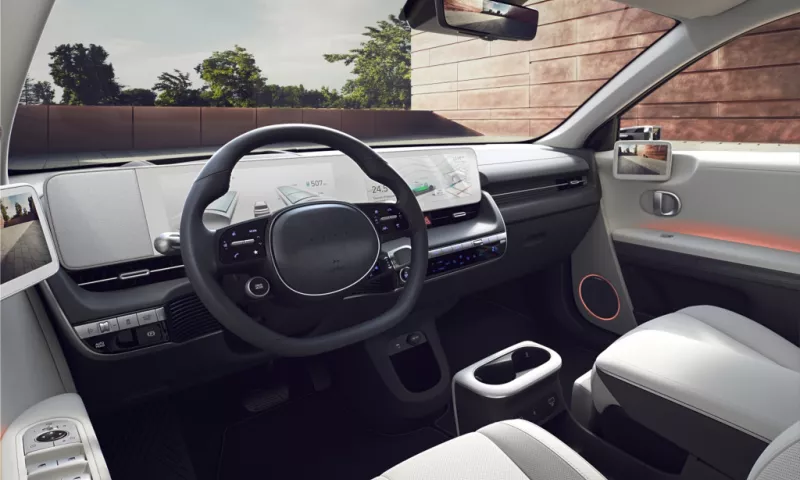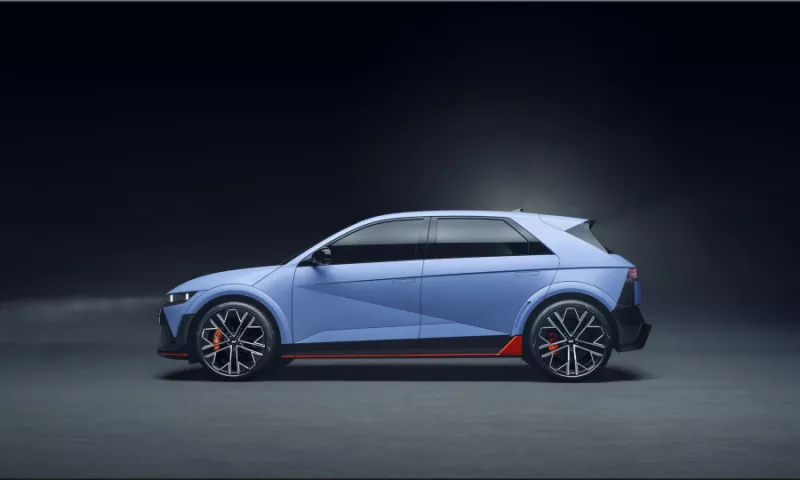Direct-to-Track EV: Hyundai’s IONIQ 6 N Debuts with Performance That Delivers
Hyundai’s high-performance IONIQ 6 N is no concept or experiment. It’s a real product with clear engineering goals—build a track-capable electric sedan that also delivers driver engagement. This is Hyundai’s answer to the performance EV gap, and it makes its global debut at the 2025 Goodwood Festival of Speed on July 10.
Let’s break down the IONIQ 6 N’s most critical performance features, what’s new versus the IONIQ 5 N, and why this EV is a direct threat to traditional sport sedans.
Key Performance Enhancements on the IONIQ 6 N
Hyundai’s N division didn’t start from scratch. It built on the IONIQ 5 N’s hardware and then added:
1. Redesigned Suspension Geometry
- Lowered roll center: Improves stability during cornering.
- Enlarged caster trail: Offers stronger steering feedback and better self-centering.
- Electronically Controlled Stroke Sensing Dampers (ECS): Improves ride control and mid-corner response.
This revised geometry leverages the sedan’s lower ride height, improving front-end grip and predictability at speed.
2. Advanced N e-shift and Sound Feedback
- Simulates eight-speed paddle-shift gear changes.
- Applies to every drive mode, not just Sport.
- Adds the N Ambient Shift Light, a visual cue for precise shift timing.
These upgrades aim to replicate the visceral sensation of an ICE drivetrain. The N Active Sound+ synthesizes engine-like audio to reinforce the connection between driver input and vehicle response.
3. Drift-Focused Upgrades
The N Drift Optimizer now includes:
- Customizable drift settings based on driver experience.
- Seamless integration of steering angle sensors, rear torque vectoring, and stability algorithms.
These adjustments let skilled drivers push harder with controlled oversteer, while newer drivers can build confidence progressively.
Performance Numbers and Powertrain Overview
Although final figures will be released at Goodwood, the IONIQ 6 N is expected to closely follow the IONIQ 5 N's specs. Here’s a projection based on existing hardware:
| Component | Expected Specification |
|---|---|
| Drivetrain | Dual-motor AWD |
| Peak Output | ~641 hp (478 kW) with N Grin Boost |
| 0–60 mph Time | ~3.3 seconds |
| Top Speed | Electronically limited to ~162 mph |
| Battery Pack | 84 kWh (77.4 usable) |
| 800V Architecture | Standard, enables ultra-fast charging |
The IONIQ 6 N will support 10% to 80% charging in under 18 minutes with a compatible 350kW charger.
Design That Works—Not Just for Show
Aerodynamic efficiency here isn’t a buzzword—it’s functional. Every component contributes to either stability or cooling:
- Widened track and flared fenders for better lateral grip.
- Swan-neck rear spoiler: Inspired by motorsport for rear downforce.
- Lightweight forged wheels: Reduce unsprung mass.
Hyundai also added aggressive cooling ducts and revised front splitters, both critical for repeatable performance under load.
Driver Experience: Where Hyundai Sets the Standard
The IONIQ 6 N’s approach isn’t to chase 0–60 bragging rights. Hyundai engineers focused on repeatable racetrack performance and driver feedback. That includes:
- Thermal management tuned for extended lapping sessions.
- N Brake Regen: Adjustable regenerative braking up to 0.6G for one-pedal track use.
- Torque Distribution Display: Shows real-time front-to-rear power split.
Even more critical is Hyundai's retention of analog-style control, which most EV makers have abandoned. You get a clear throttle response, paddle-based shifting simulation, and actual drift balance adjustment. This is not a point-and-shoot EV—it demands driver involvement.
Competitive Positioning: Where It Lands
Hyundai isn’t chasing Lucid or Tesla. The IONIQ 6 N targets enthusiasts, not spec-sheet warriors. Its closest competition includes:
Key Rivals
- BMW i4 M50 (USD ~$71,000)
- Porsche Taycan 4S (USD ~$111,000)
- Tesla Model 3 Performance (2025) (USD ~$52,000 projected)
- Kia EV6 GT (USD ~$62,000)
Expect the IONIQ 6 N to start around USD $68,000–$72,000, positioning it as a value-rich alternative to German sport EVs, especially with standard track-ready hardware.










